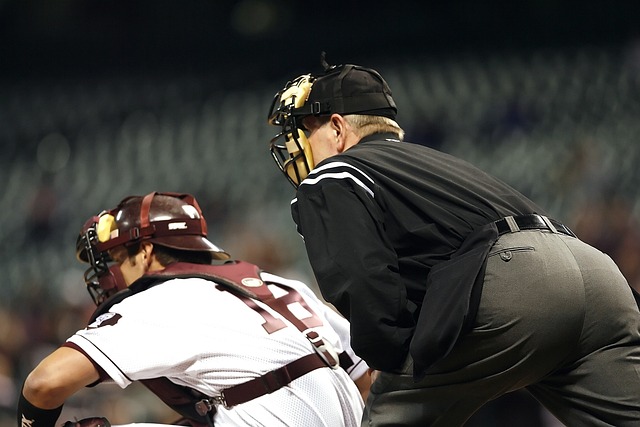Once a match has reached a score where there’s no more question about who’s going to win - running up the score further is considered unsportsmanlike. For that reason, in North American sports, we have the mercy rule, also known as the slaughter, knockout, or skunk rule. Softball also has the mercy rule.
Suppose one of the teams has a huge lead over the other, and there’s no way the losing team can ever make a comeback. In that case, the game can be concluded, crowing the higher-scoring team as the winner to save the losing team from humiliation.
The mercy rule has been instrumental in ensuring good sportsmanship in youth sports such as softball.

How many runs do you need for the mercy rule to kick in?
The number of runs needed for this rule to come into effect varies from league to league. For example, if your league uses 10-run bases, five runs would be needed for it to kick in.
This is different from the 10-run rule in Little League Softball.
A 10 or 15-run rule in softball (and baseball) sets an upper cap on the maximum runs to be made in a match. This is especially done in younger leagues.
Whereas a rule like the 10-run rule is not mandatory - mercy rules are more strictly enforced throughout leagues.
In most cases, however, the 10-run rule is simply a replacement word for the mercy rule. This happens mainly in Little League softball (and Little League baseball too).
How are mercy rules configured
Different leagues and organizers have different mercy rule configurations for younger players. However, it mostly follows a decreasing-run trend. For example, in their softball rules document, Oklahoma Baptist University has the following mercy rule for softball:
- There will be a 15-run mercy rule in effect at the end of 3 complete innings,
- A 12-run mercy rule after four complete innings, and
- A 10-run mercy rule after five complete innings.
The longer the game goes, the lower the score advantage needed for the mercy rule to kick in.
Mercy rule by level
Here are some general pointers on when mercy rules kick in. Note that the rules can differ.
- 6-inning games (like Little League): A 15-run advantage is sufficient for a mercy rule to kick in
- 4-inning games: A 10-run advantage is usually needed. This is the 10-run rule.
- 7-inning games (intermediate to higher levels): 15 runs after four innings or ten runs after five innings are the standard rules, though they can change.
Why the mercy rule?
This rule helps avoid humiliation for the losing team in softball because it saves them from having a poor record.
After a certain score deficiency, a losing team just can’t come back to win. This usually happens after a 10-15 score advantage. Nothing is charming about seeing the winning team score even more. Running up the score is generally considered a bad thing, not just in North American youth sports but in esports.
As such, the mercy rule protects the players from a losing team from further humiliation. This tells them what’s more important: self-reflection and focus rather than a wildly-tilted scoreboard.
The rule is called the “mercy” rule, as it aims to give a merciful loss to the losing team before the time is up.
This rule has been seen everywhere, from Little League softball to the Olympics. For example, the Australian team lost in late July of 2021 due to the mercy rule against Japan in the Tokyo Olympics. The score was 8-1.
Also, back in March 2019 - Baldwin varsity’s match ended with a 30-0 score simply because the mercy rule doesn’t apply in the first inning. Hitter Lindsay Bonetti wrote that the state should revise the rules, as a substantial 20-score advantage in the first inning is also something you can’t recover from - making going into the next inning pointless and demeaning. She said that the game wasn’t enjoyable for either team, but they had to wait for the next inning so that the mercy rule could kick in.